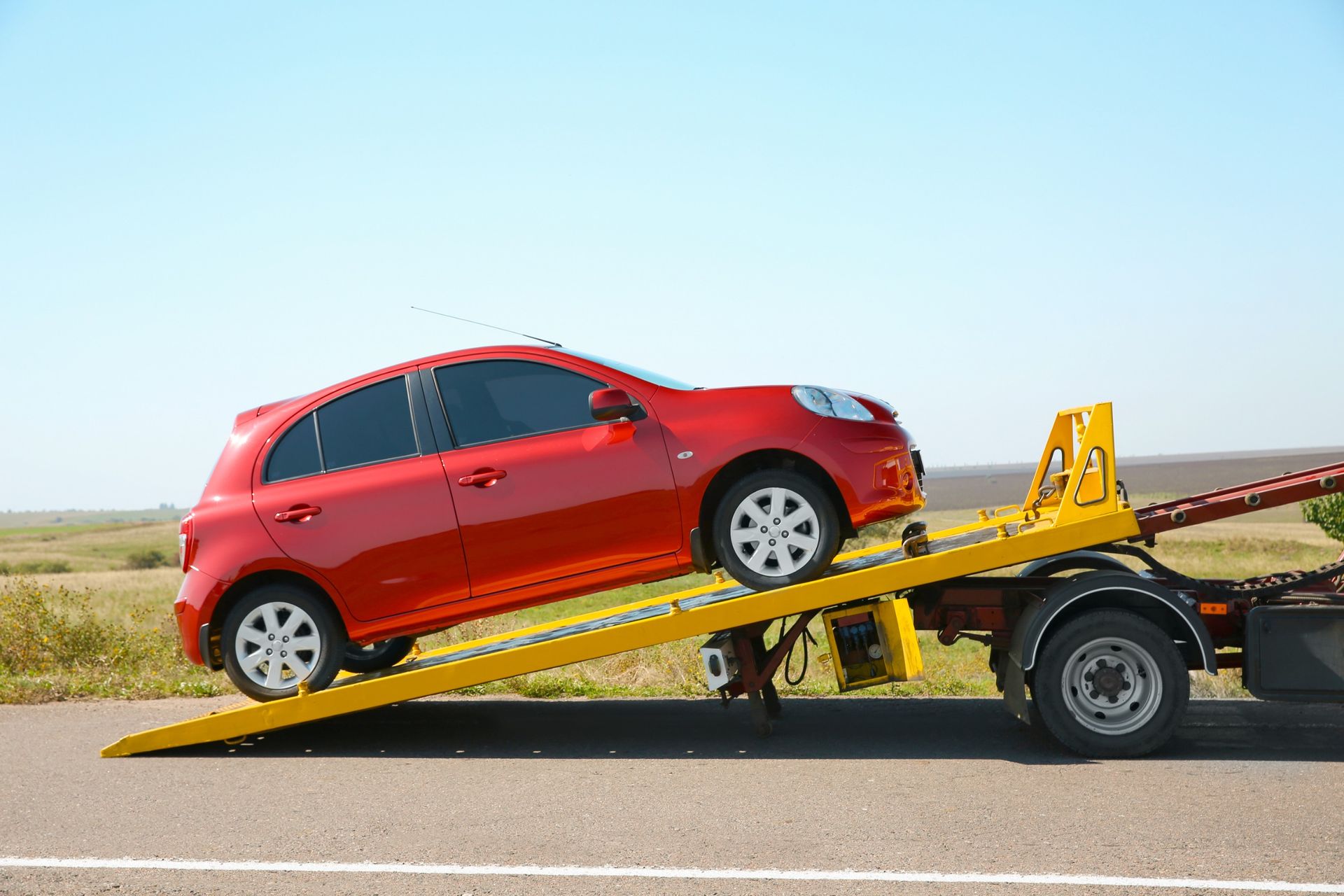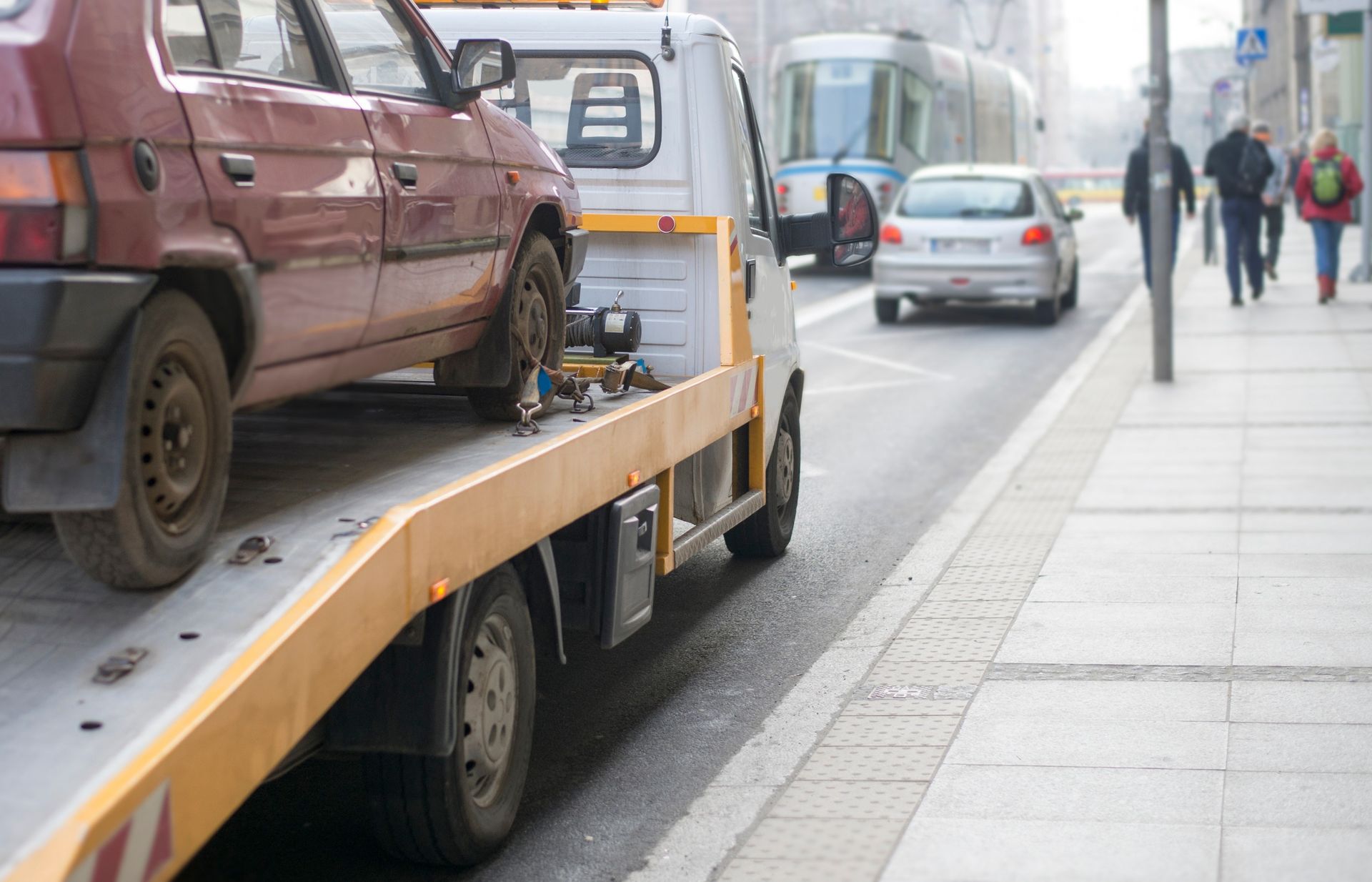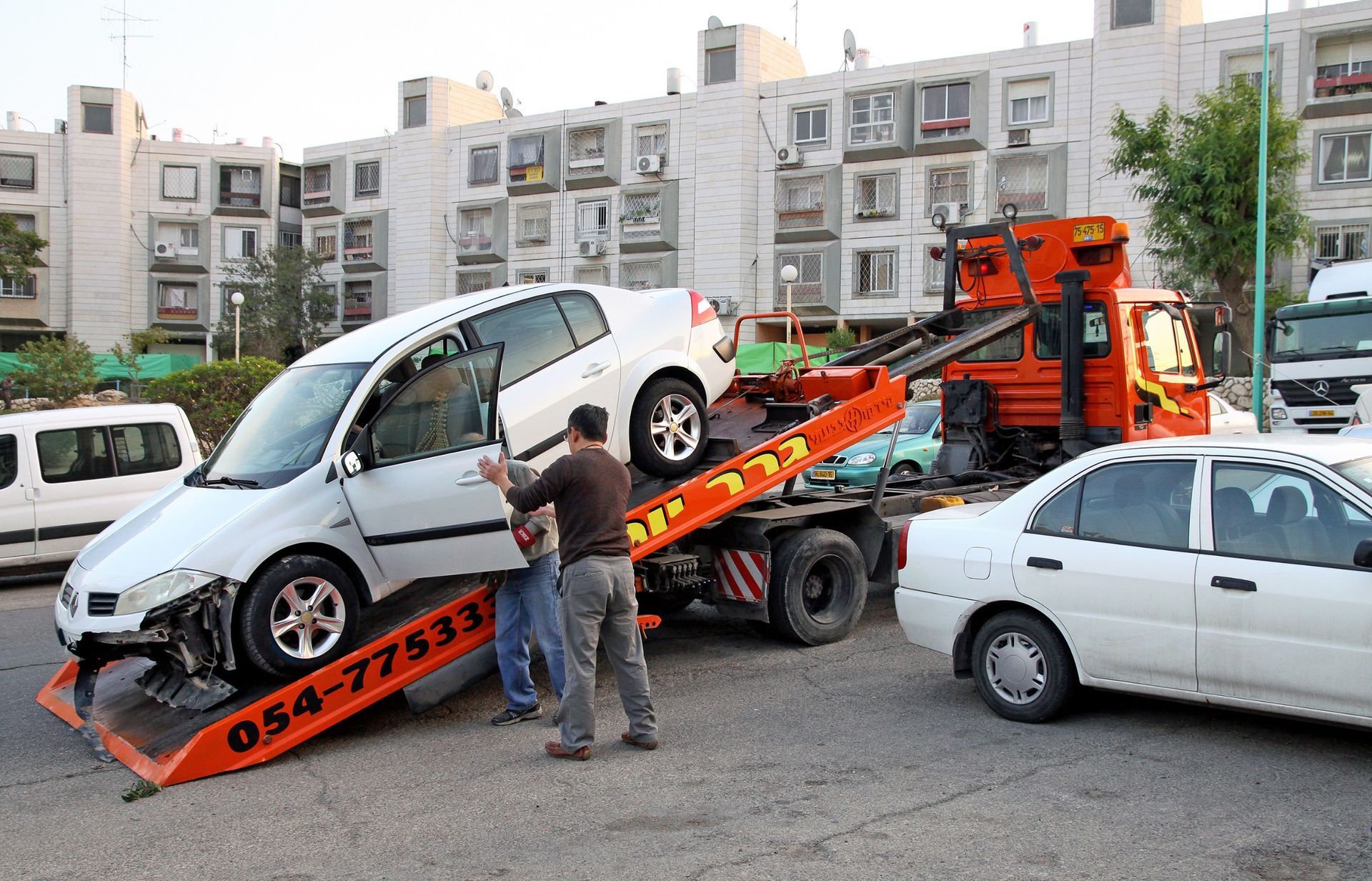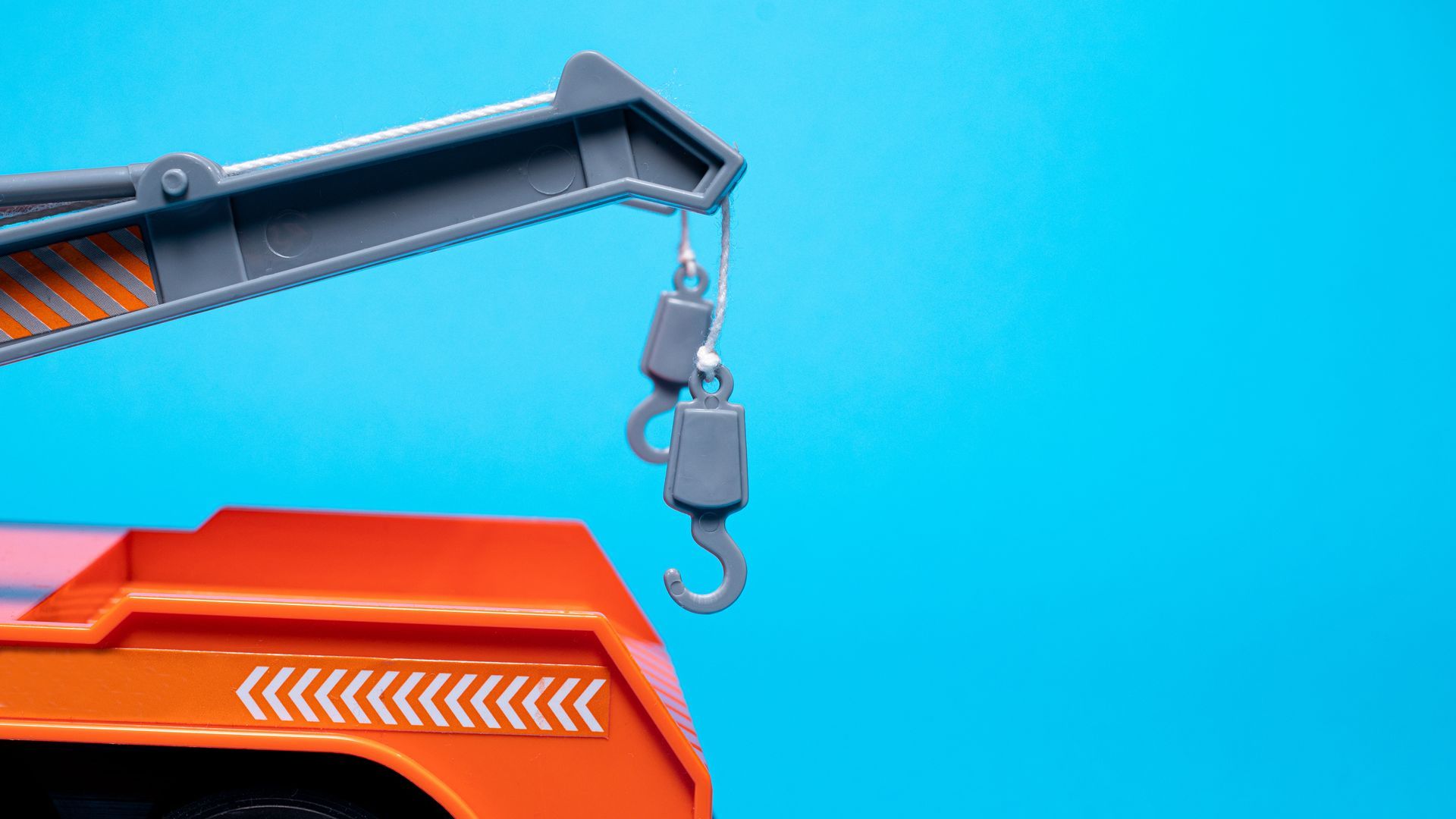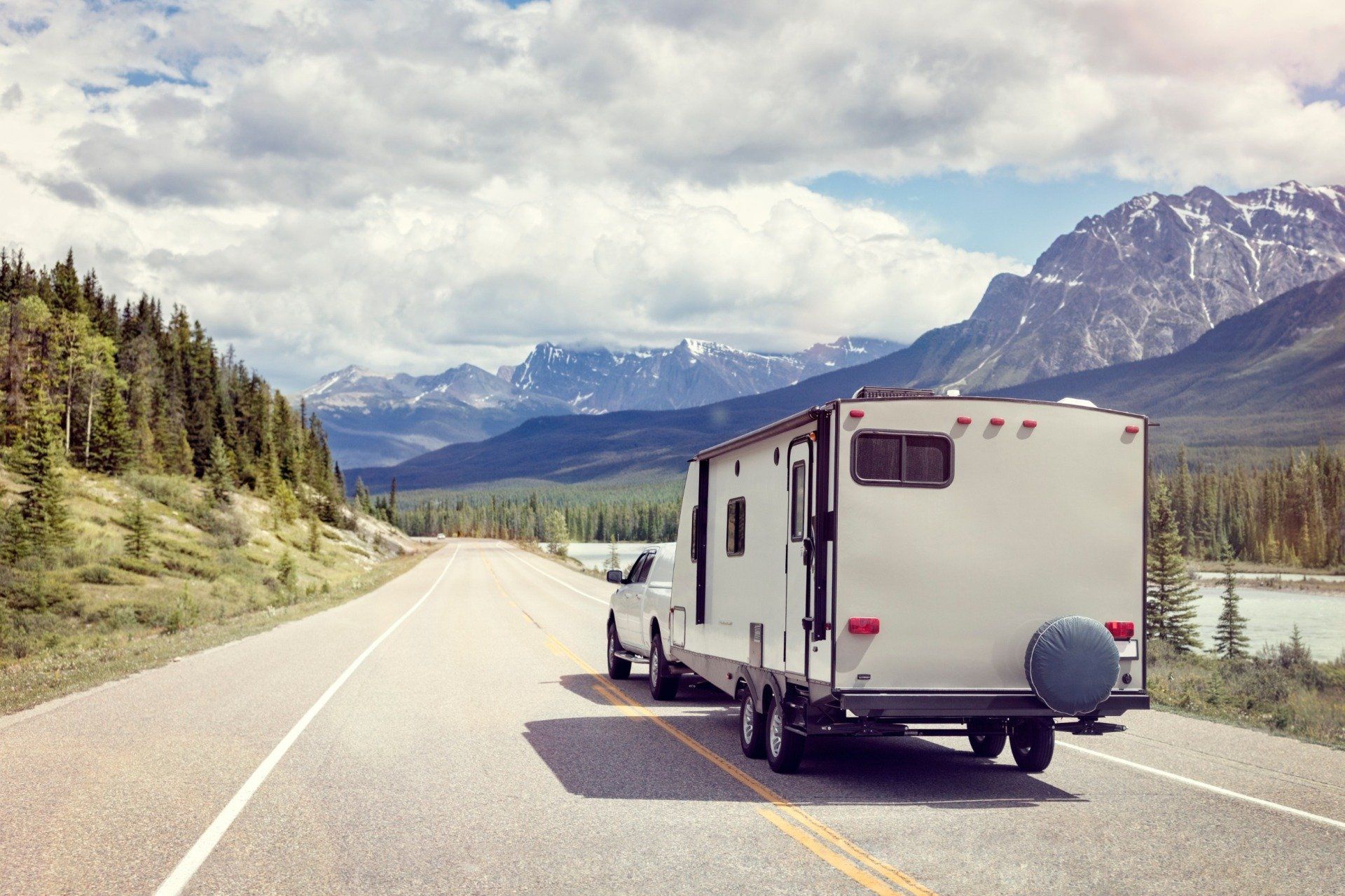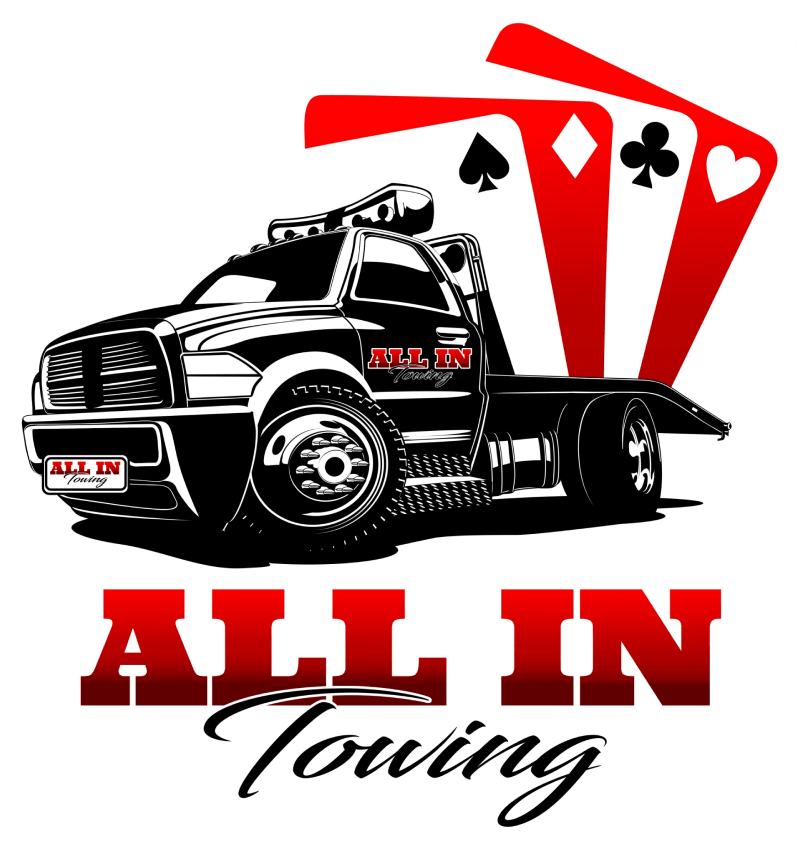Flat Towing Guide: What is Flat Towing?
When most people go camping or on a road trip, they generally like to travel in a motorhome or large truck. Not only does it provide the space needed when on the road, but it can comfortably fit multiple people. Of course, move RVs and motorhomes also have the ability to tow a vehicle behind it.
We know what you’re asking – why might you need a second vehicle if you already have a motorhome? Just think about all those times you’ve been camping in your motorhome, but needed to take a ride into town for food, gas, or other necessities. Without a second vehicle, you’re packing up the entire RV.
What many people don’t realize about towing a vehicle is that there are a variety of different ways to do so. And while two of the most popular ways include using a trailer or a tow dolly, there might be an even more effective way of towing a vehicle behind your RV or large truck – flat towing. More on that below!
What Does Flat Towing Mean?
Flat towing, also called dinghy towing, neutral towing, or four-wheel towing, allows drivers to tow a vehicle with all four of its wheels on the ground. This is opposed to towing with no wheels or two wheels on the ground. As you can imagine, there are a variety of pros and cons that come with flat towing.
Let’s take a look at some of the advantages of flat towing:
- Extra, more accessible vehicle when being towed behind an RV
- Usually doesn’t affect the dinghy’s gas mileage
- Doesn’t affect the RV’s handling too much while driving
- Is less expensive with less overhead than tow dollies or trailers
- Flat tow setup usually takes no longer than 30 minutes
- Easy for storing, especially if you aren’t going to use it all the time
- Now, let’s take a look at some of the disadvantages of flat towing:
- Might require vehicle modifications to install properly
- Doesn’t give the driver the ability to back up
- Not all vehicles can be towed
- Since the dinghy’s wheels are turning, general wear and tear is expected
Many people ask ‘what is flat towing?’ and are surprised to learn the many benefits it gives motorhome and large truck owners. Of course, there are numerous different regulations, requirements, and limitations that must be followed when flat towing a vehicle – don’t worry, we’ll explain that in more detail below!
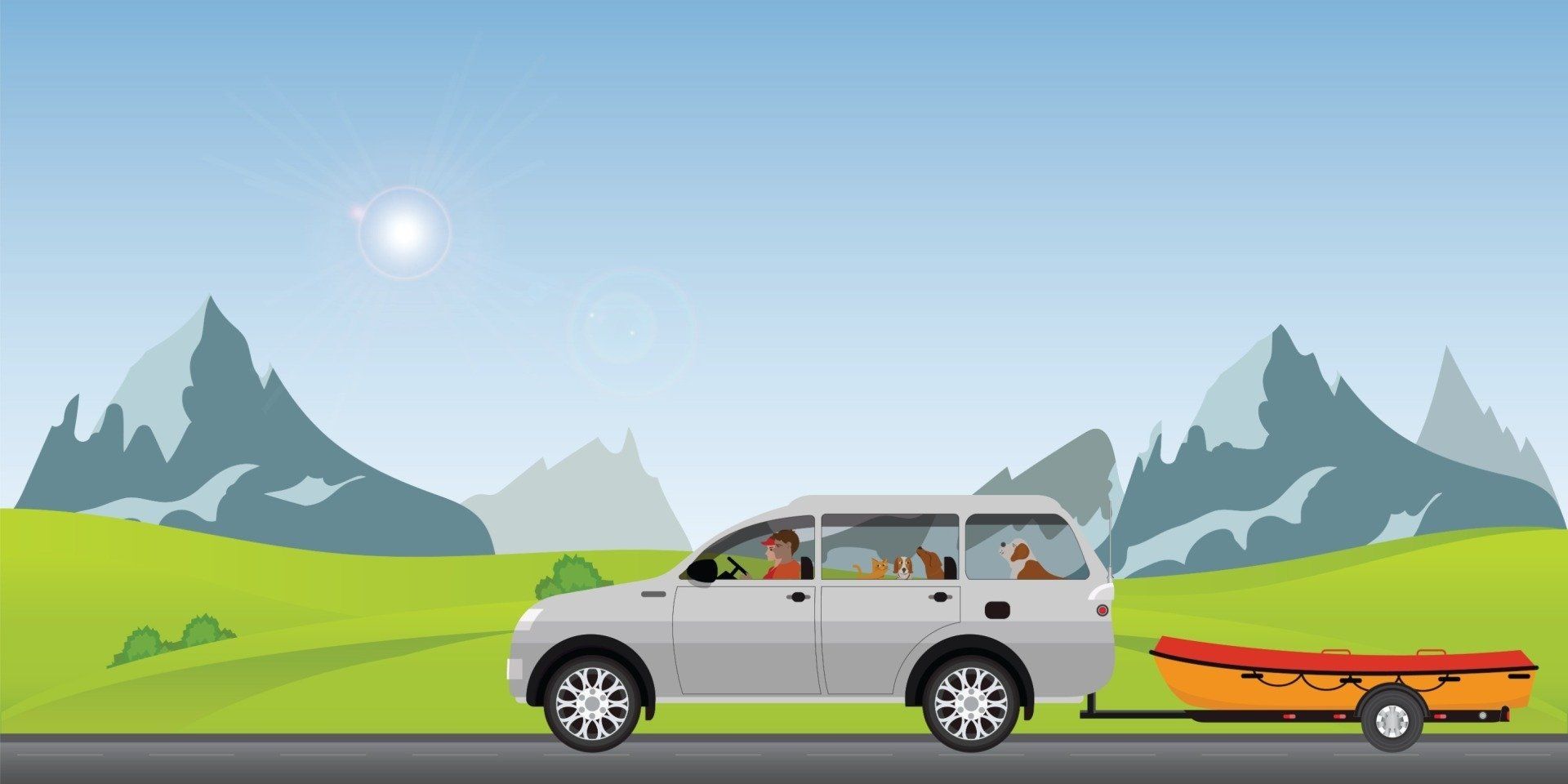
What Vehicles Can Be Flat Towed?
One of the first things drivers need to understand before flat towing a vehicle is that not all vehicles can flat tow and not all vehicles can be flat towed. For example, all vehicles have a certain amount of weight they can tow and if the vehicle you’re towing is more than that, you’re putting yourself and your car at risk.
Here are some of the most popular vehicles that can be towed:
- Jeep (Cherokee, Grand Cherokee, Wrangler)
- Mini Cooper
- GMC (Terrane, Sierra, Canyon, Acadia)
- Chevrolet (Colorado, Equinox, Silverado, Sonic, Tahoe)
- Ford (Explorer, F-150, Fiesta, Focus)
- Ram 1500
- Lincoln (Navigator, MKX)
In general, compact and subcompact cars are best for flat towing – they aren’t too big that they’re hard to tow, but also offer enough space if you have extra cargo to carry. The vehicle should also have rear-wheel drive with a manual transmission, or four-wheel drive with a manual transfer that can be placed in neutral.
Parts Needed to Flat Tow a Car
Flat towing is a great way to tow extra cargo – and extra transportation – behind a motorhome or large truck. And like we mentioned above, it’s often a much more cost-effective way of towing another vehicle – especially for those that want an easy, straight-forward method with limited overhead and/or moving parts.
Believe it or not, drivers only need a few basic parts to turn their RV into a flat tow truck – let’s take a look:
- Base plate kit (attaches to the towed vehicle)
- Hitch (attaches to the RV or truck)
- Tow Bars (attaches the base plate kit to the hitch)
- Light wiring kit (syncs RV’s lights and turn signals to the dinghy)
- Supplemental braking system (syncs your RV’s brakes to the dinghy’s brakes)
With that said, there are a number of different brands and styles of each part listed above. If you’re unsure which brand or style is best for your motorhome or truck, don’t hesitate to reach out to your local auto parts store – they can better help you navigate your options and give expert advice in the process.

How to Flat Tow a Car
By now, you should have all the parts necessary to flat tow a vehicle – which means you’re just a few steps away from making your road trips that much more dynamic. As long as you’ve confirmed the vehicle is safe to tow and you’ve purchased the proper equipment, then you’re ready to get it all hooked up.
First, you’ll need to attach a hitch to your RV or truck, if it doesn’t already have one. Next, you’ll need to install the base plate to the front frame of your dinghy (the vehicle being towed) – which might require some modifications, depending on the vehicle. Finally, you’ll connect the tow bar between each vehicle.
Once you have those three steps complete, you can install the supplemental braking system (to sync the RV’s brakes with the dinghy’s brakes), light wiring kit (to sync tail lights and turn signals), and safety cables (extra safety). Before taking to the road, make sure you double-check that everything’s connected.
Alternatives to Flat Towing a Vehicle
There are two primary alternatives to flat towing a vehicle – for those that don’t have a tow truck, of course. The first is trailer towing, which is a four-wheel platform that allows you to tow a vehicle with all four wheels off the ground. This prevents any wear or tear to the vehicle during transportation.
The second alternative is using a dolly towing, which looks like a small/half trailer and allows you to tow a vehicle with two wheels on the ground and two wheels on the dolly. It’s best for easy load-unload situations and is usually reserved for front-wheel-drive vehicles. They come in various different styles.
Are You In Need of a Tow?
At All In Towing Las Vegas, we understand that life likes to throw us a curveball and, sometimes, we’re not ready for that curveball. One of the biggest curveballs life can throw at you when on the road is having your car break down. It doesn’t matter where you’re going or why your vehicle broke down, this can ruin your day.
Don’t worry, that’s what we’re here for. When you need a friendly, quality, reliable, and affordable towing service to get you from Point A to Point B in a timely manner, contact All In Towing. We proudly service the Las Vegas community and boast a response time of less than 30 minutes, on average.



